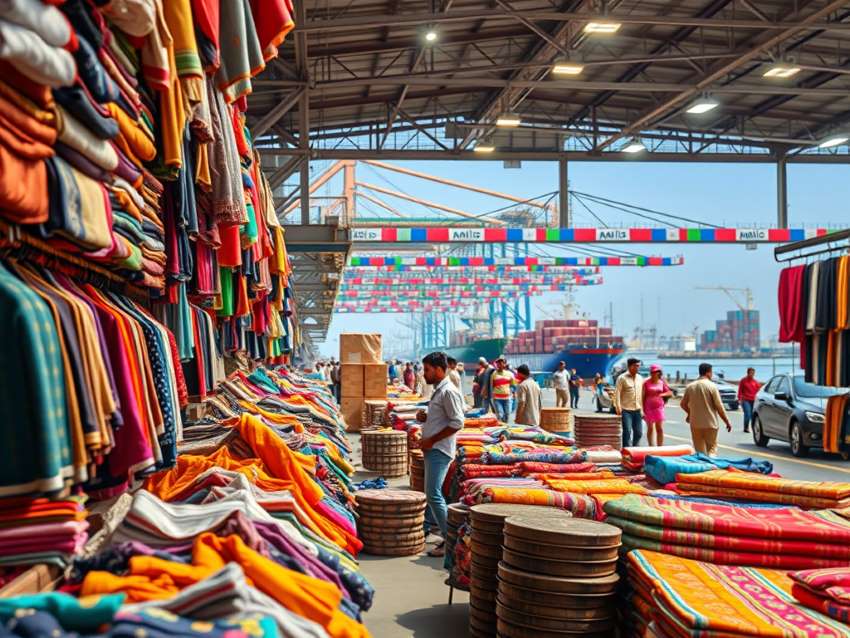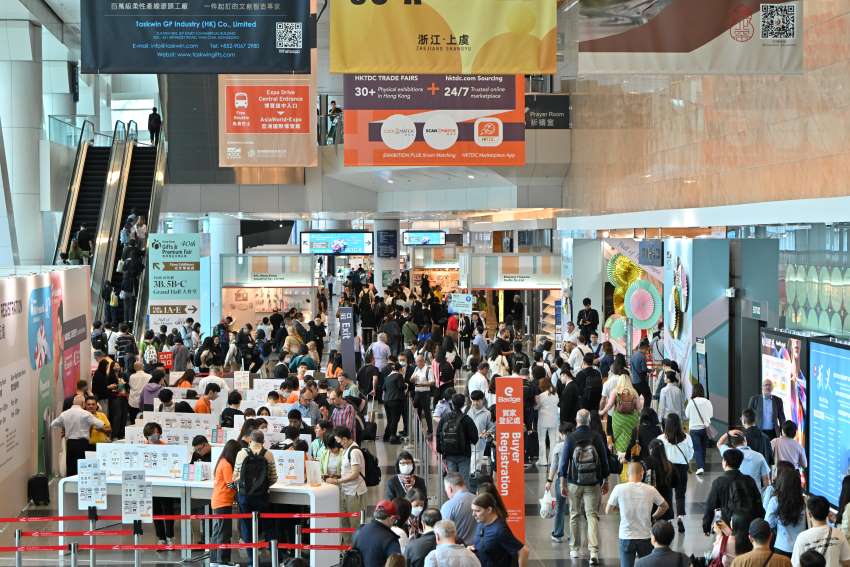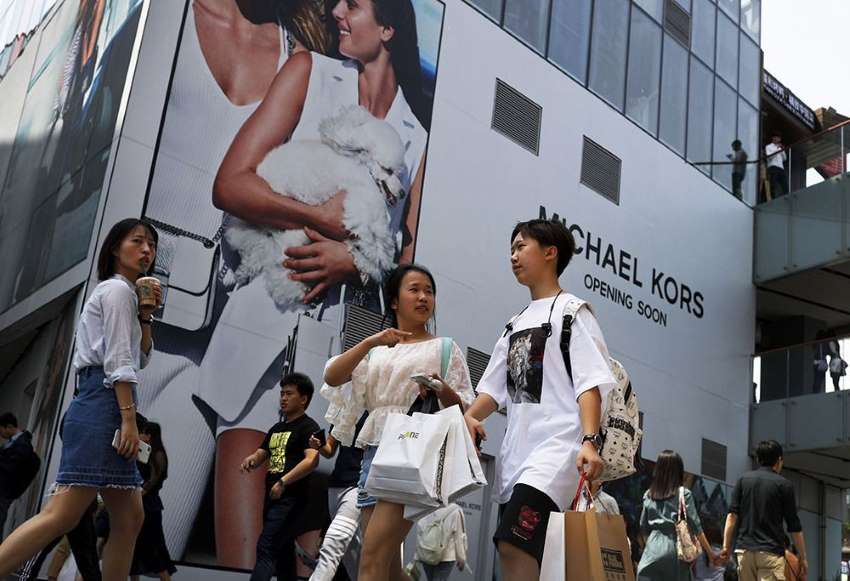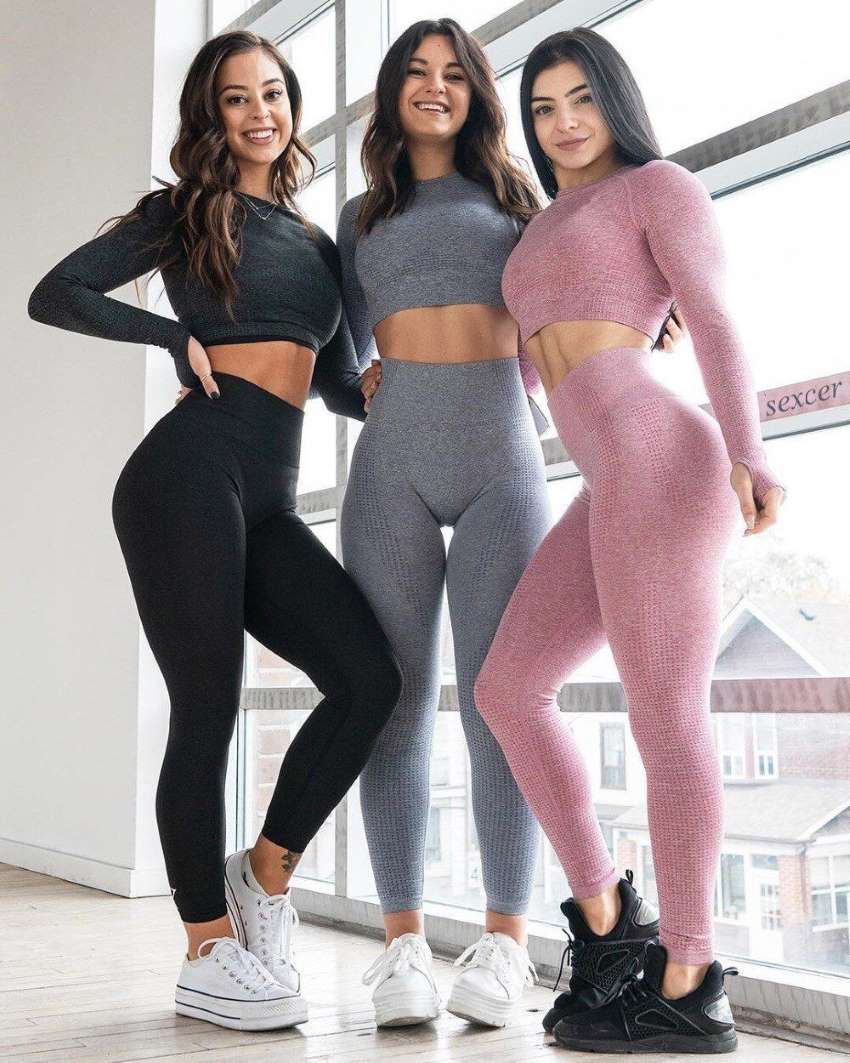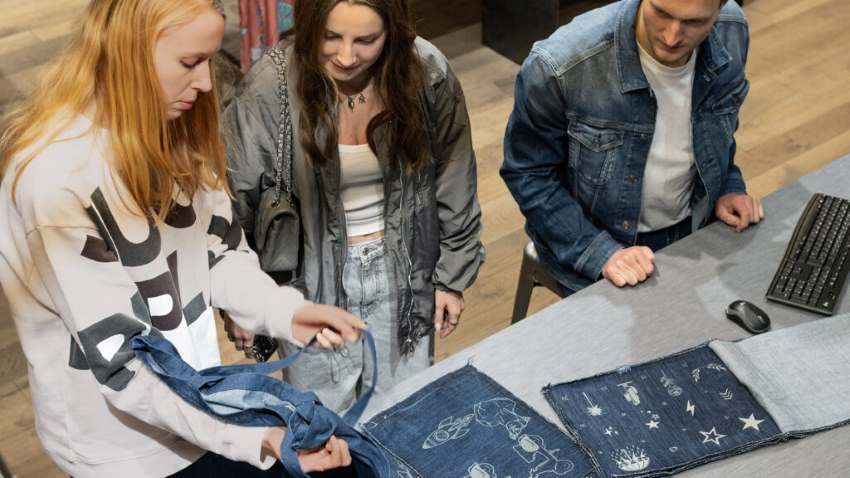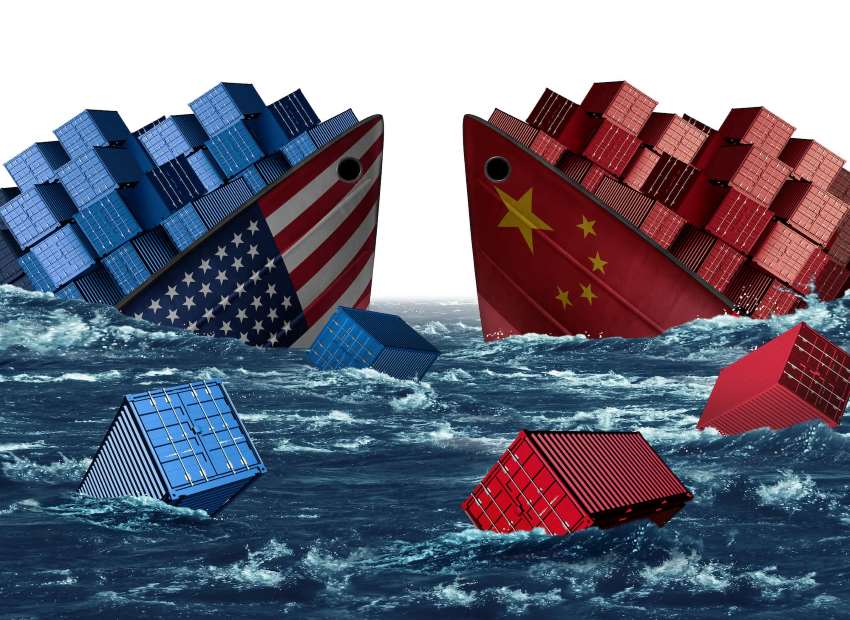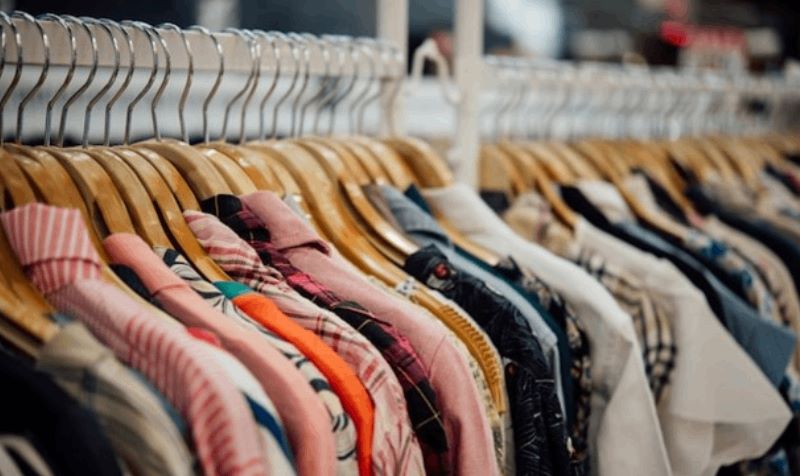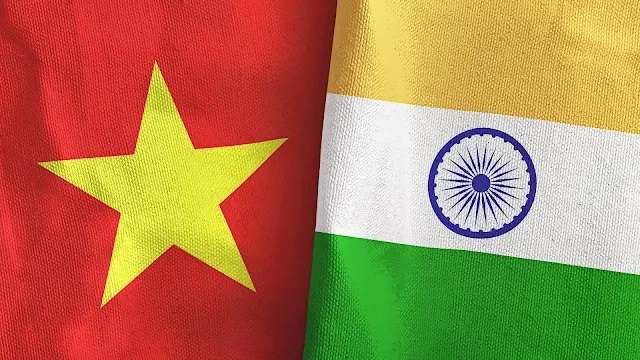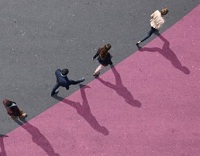 To measure fashion industry’s performance during the COVID-19 crisis, McKinsey & Company and The Business of Fashion surveyed around 100 experts and senior executives, and around a million consumers from around the world. ‘The State of Fashion 2021’ survey forecasts short- to mid-term economic impact of the pandemic on the industry. The sector’s shakeout may prove to be tough for the industry and wipe out some of the biggest names.
To measure fashion industry’s performance during the COVID-19 crisis, McKinsey & Company and The Business of Fashion surveyed around 100 experts and senior executives, and around a million consumers from around the world. ‘The State of Fashion 2021’ survey forecasts short- to mid-term economic impact of the pandemic on the industry. The sector’s shakeout may prove to be tough for the industry and wipe out some of the biggest names.
Fashion revenues decline by 34 per cent
Over 40 per cent of European consumers curtailed their expenses on clothes this year due to financial and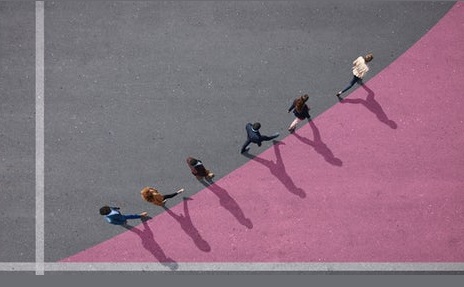 general concerns, the report says. Today, their fashion expenditure is largely influenced by product quality, practicality, comfort and value for money. Consumers are being less influenced by the style and more by comfort. McKinsey’s European consumer survey indicates, sales in basic and casual-wear categories have reached pre-crisis levels while sale of formalwear and special occasion clothing have dipped to 25 per cent of last year.
general concerns, the report says. Today, their fashion expenditure is largely influenced by product quality, practicality, comfort and value for money. Consumers are being less influenced by the style and more by comfort. McKinsey’s European consumer survey indicates, sales in basic and casual-wear categories have reached pre-crisis levels while sale of formalwear and special occasion clothing have dipped to 25 per cent of last year.
Fashion revenues from April-June 2020 declined 34 per cent from the corresponding period last year. The industry is likely to lose further this year with fashion companies in Europe and the US including Neiman Marcus, Debenhams being forced to file for bankruptcy and their operations may be restricted to certain locations only.
Industry disruption may continue in 2021 and the global fashion market may recover by 2021, industry leaders need to take bold decisions regarding their channel strategies, geographic expansion, inventory planning and securing supply chains.
A wider gap in pre and post COVID markets
The McKinsey survey of 2,000 executives from across the globe predicts a 12 per cent decline in GDP during the third quarter of this financial year. The survey highlights 16 per cent surge in online fashion sales from January to August 2020. Germany, the UK and Nordic countries were the major drivers of this growth with companies in these countries reporting double- or even triple-digit growth in their online businesses.
Even though growth will eventually slow, the online shopping trend will sustain over the years. An analysis of the fashion scenario by the McKinsey Global Institute in conjunction with Oxford Economics says, global fashion sales may not return to 2019 levels before the third quarter of 2022. The crisis will exacerbate pre-existing trends in the sector creating a wide gap in performance of two markets.
US to lag behind China in luxury sales
Global luxury sector is hugely dependent on the European retail industry. This year, sales in the European luxury sector are predicted to fall by 40 to 50 per cent by the end 2020, with similar drops anticipated in the US. In contrast, luxury sales in China are predicted to increase by 13 per cent in 2020. Shopping events like the Singles Day on November 11, 2020 and Chinese New Year on February 12, 2021 will lead to a spike in online sales. Online marketplaces — such as Tmall and Taobao — will do well with a surge in demand, increased supply, and with retailers moving their excess inventory.
In terms of long-term recovery, US is likely to lag behind China and Europe as demand is unlikely to recover before the second quarter of 2025. The holiday season too is not expected to boost consumer sentiments as corporate parties, charity events and other large gatherings will continue to be either cancelled or move online. Full recovery in the country is not expected before the first quarter of 2023.
Fashion demand will continue to remain subdued in 2021 with only companies making flexible decisions and mirroring consumers’ sentiments in their products emerging as winners from the crisis.

